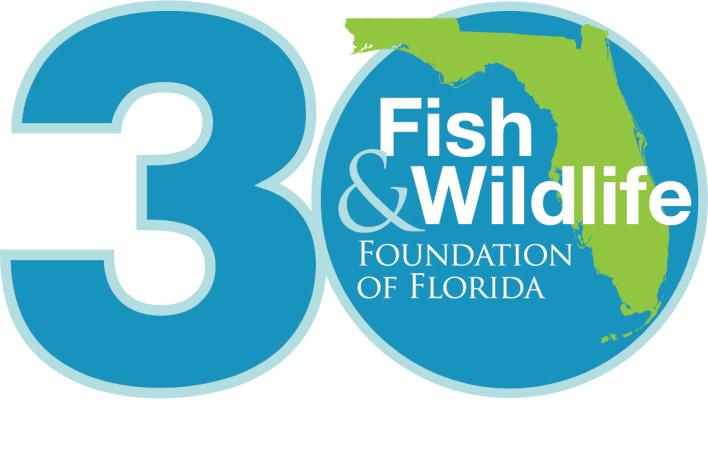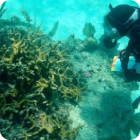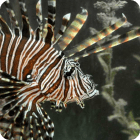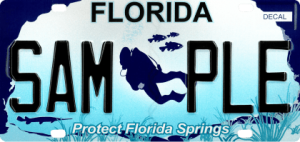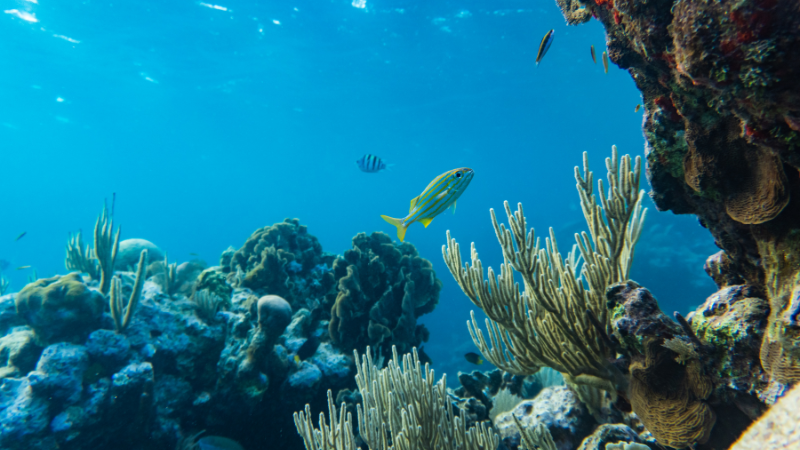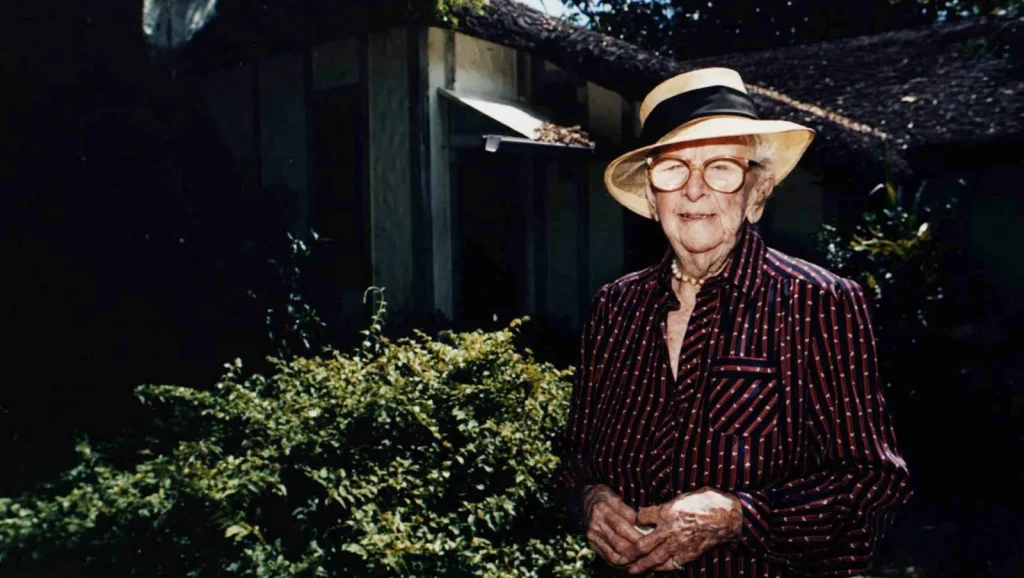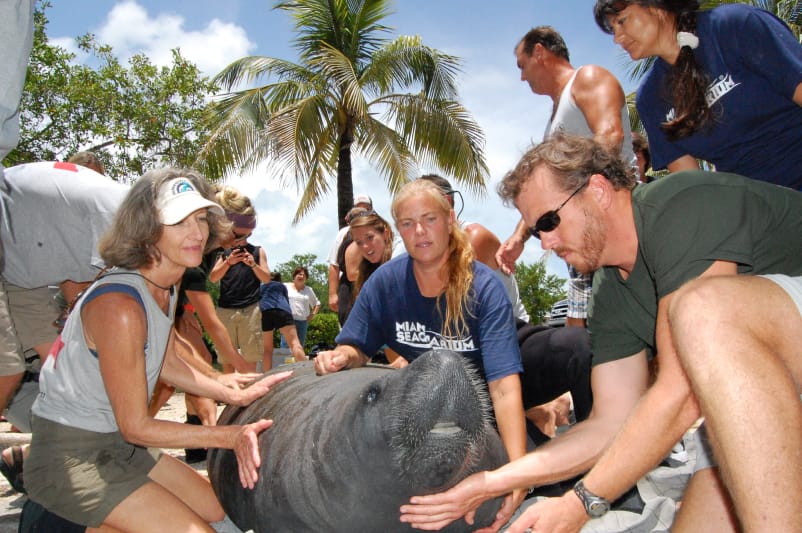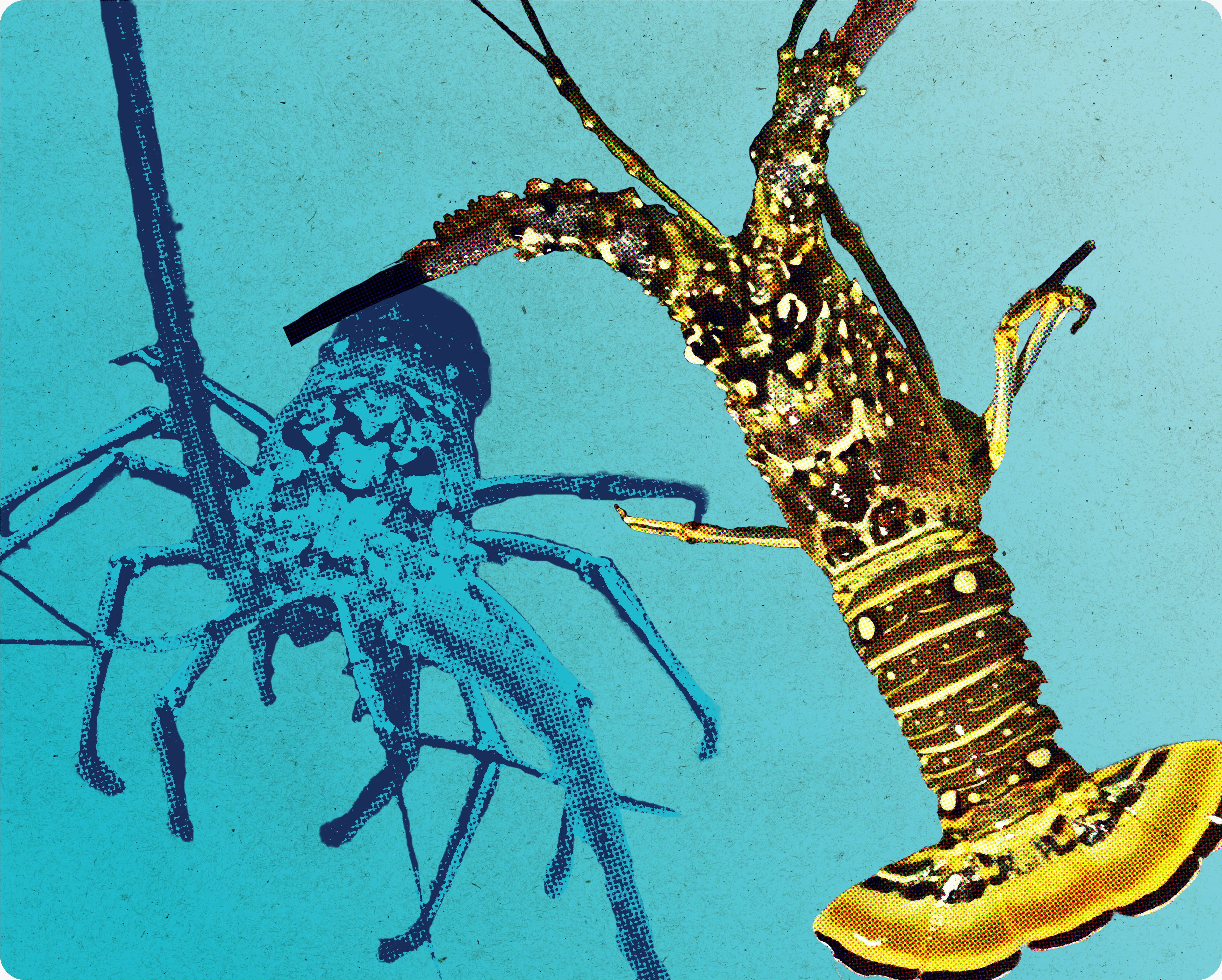
Corals create the castles that form the foundation of thriving marine ecosystems, but they are also the inhabitants, susceptible to siege by hordes of predators. Marching to their rescue is the spotted spiny lobster (Panulirus guttatus), one of the knights of the coral kingdom.
Corals may look unappetizing to you and me, but they are a favorite food of the sea snail (Coralliophila galea). In a healthy, balanced coral reef ecosystem, the snail is not a problem. But on reefs already stressed by disease, rising water temperatures, and other threats like those in Florida, these coral-eating snails become a serious issue. Controlling them is particularly important when transplanting nursery-raised corals to restore degraded reefs since the snails consume young corals before they have a chance to grow or reproduce. Enter the spotted spiny lobster, which finds the snails equally delicious. One full-grown lobster can consume several
snails a day.
In 2021, FWC biologists wanted to determine if transplanting spotted spiny lobsters at coral restoration sites was an effective way to control snails. With our grant, researchers collected and studied wild spotted spiny lobsters to evaluate their snail consumption and the resulting health of the reefs. The study revealed that the urine of spiny lobsters scares off snails and fireworms that are known to feed on live coral.
Thanks to last summer’s marine heatwave, the study also unexpectedly examined how the food web around coral reefs is shifting due to environmental changes. Scientists observed that lobsters at less degraded reefs were picky in their food choices, eating fireworms and even invasive lionfish — the first time that meal was confirmed! But at the more degraded reefs, the lobsters were forced to eat whatever was available, like the last hour at a buffet. As lobsters eat fewer coral predators, a reef damaged by bleaching is now even more vulnerable to predators. This novel form of “biological control” could be employed not only at Florida’s reefs, but across the Caribbean where spotted spiny lobsters are naturally found.
